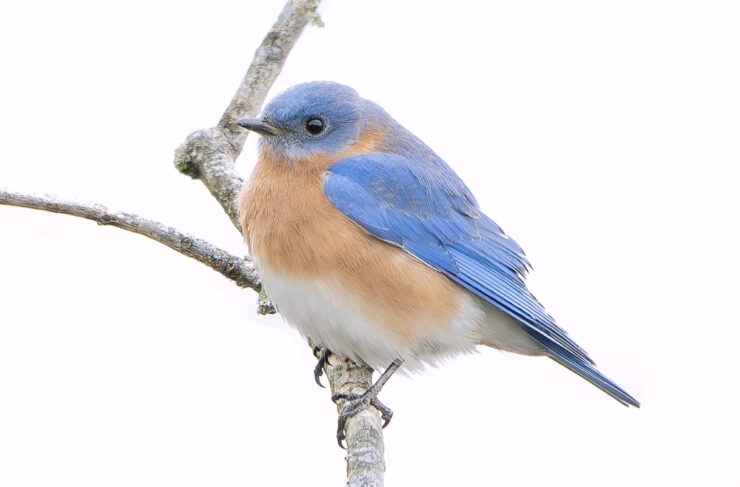Protect Insects For World Migratory Bird Day 2024
Insects and their importance to migratory birds are the focus of this year’s World Migratory Bird Day.
May 11, 2024, is World Migratory Bird Day, a global campaign that aims to raise awareness of migratory birds and the need for international cooperation to conserve them.
Insects are essential sources of energy for many migratory bird species, not only during the breeding seasons but also during their extensive journeys, and greatly affect the timing, duration, and overall success of bird migrations.
Along their migration routes, birds actively seek out insects in fields, forests, wetlands, and various habitats during stopovers. The timing of bird migration often coincides with peak insect abundance at stopover locations, supplying nourishment for birds to replenish their energy reserves before continuing their journeys.
The loss and disturbance of insect populations at breeding sites and along avian migration routes threaten bird survival and well-being. Natural spaces like forests and grasslands that have been transformed or endangered by intensive agriculture and urban development and its effects such as light pollution can result in a decline in insect populations. Pesticides and herbicides designed to protect crops harm insects that birds rely on for food. A scarcity of energy and protein-rich insects can hinder bird migration and breeding, leading to weakened immune systems, reduced reproductive success, and increased mortality rates for both adult birds and their offspring.
Birds play crucial roles in pollination and pest control, and a lack of insects disrupts these ecosystem functions. Overpopulation of certain insects, without natural predators from birds, can also cause outbreaks that damage plant health and agriculture.
The World Migratory Bird Day campaign in 2024 will stress the need for proactive conservation measures. This includes reducing the use of pesticides and fertilizers. Other measures include maintaining and connecting areas of natural vegetation that provide food and shelter for birds and other species and reducing light pollution by having outdoor lights on only when needed, light just the areas that need it and be no brighter than necessary.
Charlestown is part of the Atlantic Flyway, one of the main routes for both the north and south bird migrations. Our town is home to the Ninigret National Wildlife Refuge, which was established to protect migratory birds. The number of birds migrating through Charlestown is significant. The bird banding station at the Ninigret National Wildlife Refuge has the highest counts of any banding station in New England, with a very high proportion of young birds making their first migration. Not only are the total numbers significant, but over 30 of the species banded on the refuge are species of high conservation concern in the United States.
The banner image is a photo of an Eastern Blue Bird by John Zoldak. Unlike many of Charlestown’s long-distance migratory bird species, the Eastern Blue Bird is only partially migratory. Bluebirds will migrate due to harsher winter weather and fewer food sources. Most eastern bluebirds migrate between September to early December, with some returning home as early as February. As winters become warmer in Rhode Island because of climate change, these migrations may become even shorter, or not occur some winters at all. They are more likely to remain year-round when wild or cultivated food sources are readily available. We will also see an influx of bluebirds from farther north during cold conditions in more northern states. Eastern Bluebirds mainly eat insects and berries.
